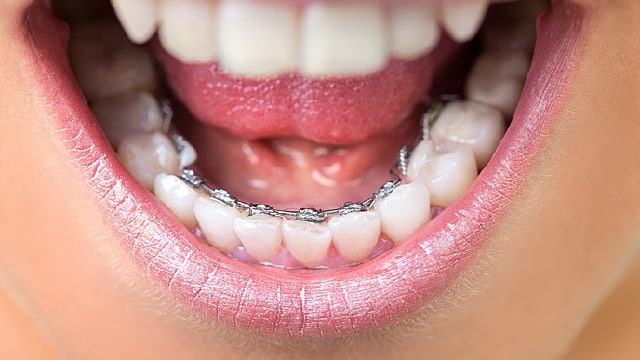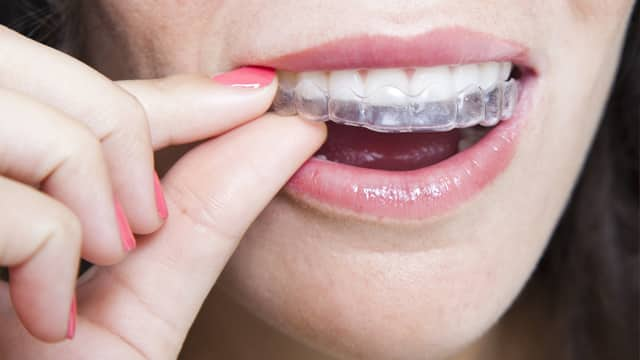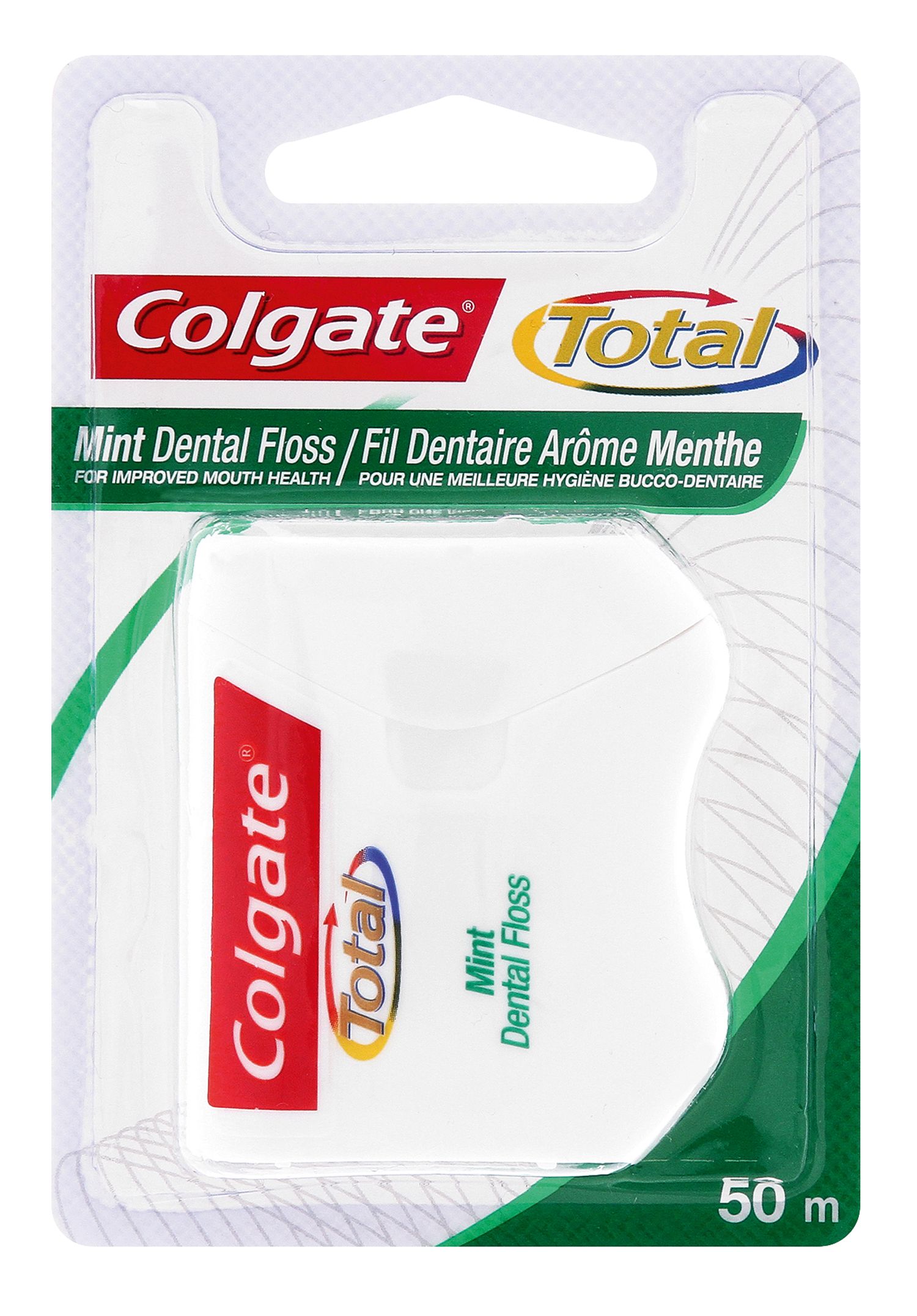-
-

CAVITIES
Can You Heal A Cavity At Home?You feel a sharp pain when you bite down or try to eat. You think it's a cavity, but you're not 100 percent sure...

BAD BREATH
How To Cure Bad BreathMore commonly known as bad breath, halitosis is an embarrassing hygiene issue that nobody wants, but some of us get every now and then...
-
Science & Innovation
- Colgate® | Toothpaste, Toothbrushes & Oral Care Resources
- Oral Health
- Adult Orthodontics
- What are Lingual Braces?


Of the many options available to people who want to get their teeth straightened nowadays, lingual braces are perhaps a less obvious solution. What are lingual braces and how do they differ from other types of braces? The use of braces or some other appliance to straighten teeth and keep the mouth beautiful is very widespread. Moreover, braces are not only important for children – the health insurance company Humana says at least 25 percent of Americans wearing braces are adults.
What Are Lingual Braces?
Lingual braces are placed behind the teeth (by the tongue and palate) rather than in front of them. As such, they offer a great cosmetic alternative for those who want their teeth straightened without the braces showing.
The process of applying lingual braces involves taking an impression of the teeth, which is then sent to a dental laboratory and used to create customised brackets. This takes about six weeks and, once complete, enables the orthodontist to use a specific process to cement the braces onto the back surfaces of your teeth.
Like with traditional braces, this works by applying gentle yet continuous pressure on the teeth to help them slowly shift into their proper positions. The treatment can take anywhere from 18 to 36 months, depending on the severity of a patient's overcrowding of teeth or their bite.
Braces are definitely worth the investment, but lingual braces have special requirements. As they are custom-made, these braces cost a bit more and the treatment tends to be more involved. One of the biggest factors to consider is the cost of the materials; each tooth has its own installment of brackets and arch wires. As lingual braces are quite expensive, find out which type would be most suitable for your family.
Not all orthodontists offer lingual braces, as they require special training and technical expertise.
Types of Lingual Braces
Your choice of brand depends on the orthodontist and his/her recommendation, as well as your preference. Regardless of the developer, the oral appliance device works in the same way. The difference lies in the design and how the braces are attached to and secured on the back of the teeth.
Taking Care of Lingual Braces
As with any orthodontic appliance, good oral hygiene is essential to ensure that gum problems or cavities are kept at bay. Proper dental hygiene should include:
- Brushing twice a day for at least two minutes.
- Using a soft round-bristle toothbrush to brush the gumline and the teeth.
- Flossing daily (a floss threader can also be used) or using an interproximal brush (if there is a space between the teeth) to remove plaque and food debris.
- Using an oral irrigation device to help flush out food debris around the brackets and teeth.
- Rinsing with a fluoride rinse to strengthen the teeth.
Lingual braces may also irritate the tongue and cause it to become tender. Using wax against the lower teeth to cover the braces can help alleviate this sensitivity. Some people find speaking clearly and enunciating more difficult while wearing lingual braces. With enough practice, however, wearers get used to the feel of the braces on the back of their teeth and talking normally becomes easy.
Professional dental cleanings every six months are critical to the oral health of patients wearing braces. An effective oral care routine will prevent plaque build-up and cavities. *
Having a great smile is worth the temporary inconvenience and expense of braces. For cosmetic reasons, some people are hesitant to invest in them despite the difference they can make — lingual braces certainly address this problem. Whether or not you can see them, find out which braces are right for you. After all, a beautiful smile with healthy, straight teeth is absolutely worth the effort!
Related Products

Helping dental professionals
More professionals across the world trust Colgate. Find resources, products, and information to give your patients a healthier future











